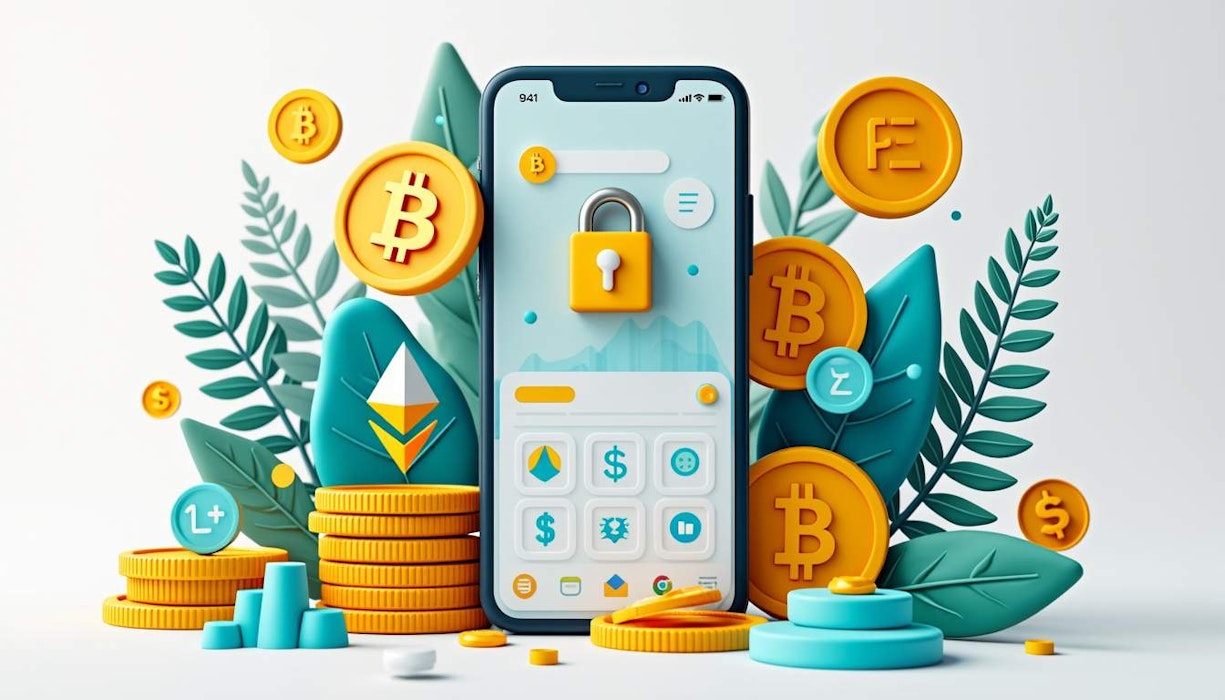I’ve been diving deep into crypto lately, and one thing is crystal clear: if you don’t have a secure wallet, you might as well be handing out your life savings. So, let’s break it down together.
Understanding Crypto Wallets
First off, what even is a crypto wallet? At its core, it’s a tool that lets you manage your digital assets. It generates the keys needed to send and receive crypto on the blockchain. There are two types of keys: public (which you can share) and private (which must remain secret). Losing access to your private key means losing your funds forever.
The Different Types of Wallets
There are several types of wallets out there, each with its own pros and cons:
- Hardware Wallets: These are physical devices that keep your keys offline. They’re super secure but can be pricey. Think Ledger or Trezor.
- Software Wallets: These are apps or browser extensions that make accessing your crypto easy. They’re less secure than hardware wallets but way more convenient. MetaMask is a popular choice here.
- Paper Wallets: This involves printing out your keys and storing them somewhere safe. While immune to online hacks, they can be lost or destroyed.
The type of wallet you choose will depend on how much crypto you hold and how often you need to access it.
Picking the Right Exchange & Wallet Combo
Now onto the meat of the matter: choosing an exchange and wallet combo that suits your needs. Here are some options I found:
Coinbase Exchange + Coinbase Wallet
This setup is straightforward since both products come from Coinbase. The wallet supports over 100k assets and has solid security features.
But there’s a catch: there’s no desktop app, and fees can stack up when trading.
Trust Wallet + Binance Exchange
Trust Wallet is pretty cool; it supports over 10 million assets and allows staking.
However, it’s affiliated with Binance, which some people might want to avoid due to regulatory issues.
Crypto.com DeFi Wallet + Crypto.com Exchange
This one focuses heavily on DeFi activities but comes with its complexities.
If you lose access via the recovery phrase, good luck getting back in!
Ledger Hardware Wallet + Any Exchange
If security is your top priority (and it should be), then this is the way to go.
Just know that there’s a cost involved; these things aren’t free!
Final Thoughts on Security Practices
No matter which setup you choose, make sure you're following these essential security practices:
- Use Strong Passwords: Your password should be unique and complex enough to withstand attacks.
- Backup Your Recovery Seed: Write down that seed phrase! Store it in a safe place away from prying eyes.
- Enable Two-Factor Authentication: If available, use 2FA for an extra layer of security.
- Keep Software Updated: Always update your wallet software; most hacks exploit outdated versions.
By following this guide, you'll significantly reduce the chances of falling victim to crypto theft!
